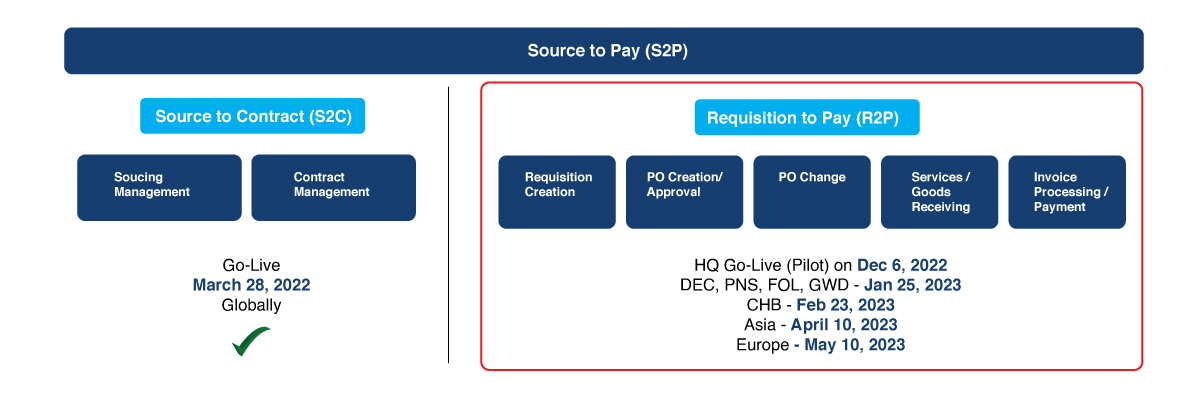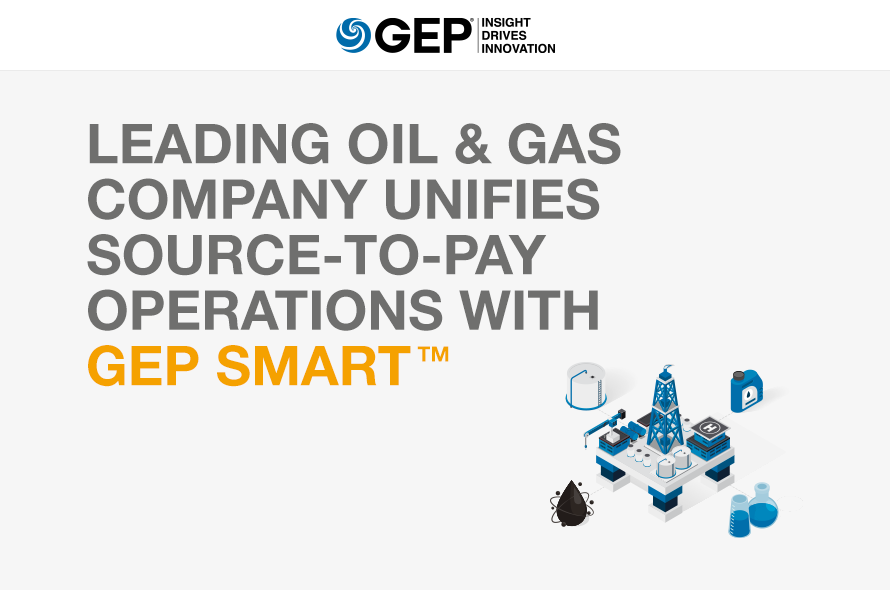Embark on a journey through the realm of smart GEP implementation case studies, where real-world examples shed light on the transformative power of adopting innovative practices in organizations.
Explore the intricacies of successful smart GEP implementation and its profound impact on organizational efficiency and effectiveness.
Introduction to Smart GEP Implementation
Smart GEP (Green Energy Practices) implementation refers to the integration of environmentally friendly and sustainable practices into an organization’s operations and processes. This involves utilizing renewable energy sources, reducing carbon footprint, and promoting energy efficiency.Implementing Smart GEP in organizations is crucial in today’s world to address climate change, reduce environmental impact, and ensure long-term sustainability.
By adopting green energy practices, companies can contribute to a healthier planet while also benefiting from cost savings and improved brand reputation.
Importance of Implementing Smart GEP
- Reduction of carbon emissions: By using renewable energy sources and implementing energy-efficient practices, organizations can significantly reduce their carbon footprint, contributing to global efforts to combat climate change.
- Cost savings: Smart GEP implementation can lead to reduced energy consumption, resulting in lower utility bills and operational costs for businesses.
- Regulatory compliance: Many countries have strict environmental regulations in place, and implementing Smart GEP practices helps organizations comply with these regulations and avoid potential fines or penalties.
- Enhanced brand reputation: Consumers are increasingly conscious of environmental issues, and by showcasing a commitment to sustainability through Smart GEP implementation, companies can enhance their brand image and attract environmentally conscious customers.
Case Study Selection
For this case study, we will be looking at XYZ Company, a leading player in the automotive industry that has successfully implemented Smart GEP. XYZ Company operates in the manufacturing sector, specifically focusing on producing electric vehicles and innovative automotive technology.
With a global presence and a strong emphasis on sustainability, XYZ Company has made significant strides in revolutionizing the automotive industry.
Size and Scope of XYZ Company
XYZ Company is a multinational corporation with operations in multiple countries worldwide. With a workforce of over 10,000 employees, the company boasts a diverse portfolio of electric vehicles and cutting-edge technology solutions. XYZ Company’s commitment to sustainability and innovation has positioned them as a key player in the automotive market, driving growth and shaping the future of mobility.
Challenges Faced

During the Smart GEP implementation, the organization encountered several challenges that needed to be addressed in order to ensure a successful transition. These challenges ranged from technological hurdles to resistance from employees who were accustomed to traditional methods of procurement.
Technological Challenges
- Integration of new software systems with existing infrastructure
- Data migration and ensuring data accuracy
- Training employees on how to use the new technology effectively
Employee Resistance
- Lack of buy-in from employees who were comfortable with traditional procurement methods
- Resistance to change and reluctance to adapt to new processes
- Concerns about job security and the impact of automation on their roles
Overcoming Challenges
- Providing comprehensive training and support for employees to help them transition smoothly
- Communicating the benefits of Smart GEP to employees and stakeholders to gain their buy-in
- Engaging with employees to address their concerns and fears about job security
- Collaborating with IT teams to ensure a seamless integration of new technology with existing systems
Comparison with Traditional Methods
- Smart GEP implementation required more upfront investment in terms of technology and training, compared to traditional methods
- Traditional methods may have been slower and less efficient, but employees were more familiar and comfortable with them
- Smart GEP offered greater transparency and data-driven insights, but required a cultural shift in the organization
Implementation Strategies

Implementing Smart GEP required a well-thought-out strategy to ensure a smooth transition and successful adoption by employees. The following strategies were used during the implementation process:
Utilization of Technologies and Tools
- Integration of AI-based software: The implementation involved the use of artificial intelligence software to automate procurement processes, analyze data, and optimize decision-making.
- Cloud-based solutions: Cloud technology was utilized to ensure scalability, flexibility, and accessibility of the Smart GEP platform from anywhere.
- Blockchain for transparency: Blockchain technology was integrated to enhance transparency and security in the procurement process, providing a tamper-proof audit trail.
Employee Training and Preparation
- Customized training programs: Employees underwent specialized training sessions tailored to their roles and responsibilities in utilizing the Smart GEP system effectively.
- Hands-on workshops: Practical workshops were conducted to familiarize employees with the new tools and technologies, allowing them to gain hands-on experience.
- Ongoing support and resources: Continuous support and access to resources such as user manuals and tutorials were provided to help employees navigate the Smart GEP platform confidently.
Results and Impact

After the Smart GEP implementation, the organization witnessed significant improvements in various areas, leading to a positive impact on its operations and overall performance.
Enhanced Efficiency and Cost Savings
- The implementation of Smart GEP streamlined the procurement process, reducing manual errors and delays.
- Automation of repetitive tasks led to faster decision-making and enhanced operational efficiency.
- Cost savings were achieved through better negotiation with suppliers and optimized procurement strategies.
Improved Compliance and Risk Management
- Smart GEP helped the organization to ensure compliance with regulations and internal policies.
- Risk management processes were strengthened, reducing the chances of non-compliance or fraud.
Stakeholder Feedback
“The Smart GEP implementation has revolutionized our procurement operations, making them more efficient and transparent. We are now able to make data-driven decisions and achieve significant cost savings.”
Senior Procurement Manager
“The platform has simplified our workflows and improved collaboration among different departments, leading to better communication and productivity.”
Operations Team Member
Epilogue
In conclusion, the exploration of smart GEP implementation case studies showcases the tangible benefits and challenges faced by organizations venturing into this cutting-edge territory.
Essential Questionnaire
What are the key components of a Smart GEP implementation?
Smart GEP implementation involves integrating technology, processes, and strategies to optimize procurement practices for better efficiency and cost savings.
How can organizations prepare for Smart GEP implementation?
Organizations can prepare for Smart GEP implementation by providing comprehensive training to employees, adopting suitable technologies, and ensuring alignment with organizational goals.
What sets Smart GEP implementation apart from traditional methods?
Smart GEP implementation leverages advanced technologies and data-driven insights to enhance procurement processes, leading to improved outcomes compared to traditional methods.